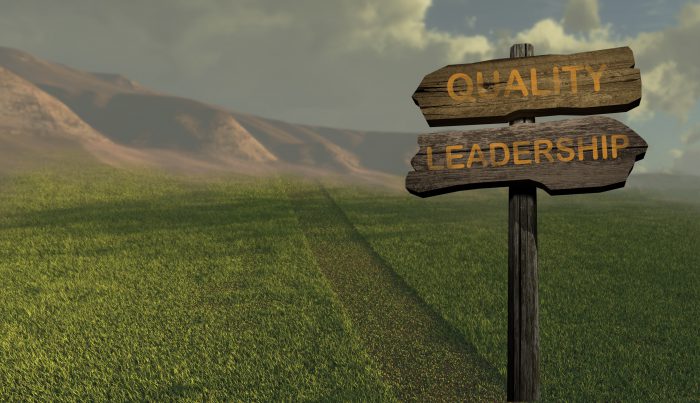How to compensate for materials and labour cost increases
May 4, 2016

There are variables that the brands and their factories cannot control. We have seen commodities’ price fluctuation. Cotton for example. Economic or political crisis in certain countries, weather conditions, sometimes even natural catastrophes are some of the reasons for the fluctuation in supply and demand that affect the price of the materials needed for our apparel, footwear or leather goods production.
So in order to compensate for the variables we cannot control, like materials or labor cost increases, let’s work on the variables we can control. The opportunities for improvement are there, in our own work, in the way we do what we do, and why. We just have to spot those opportunities and take them. We are talking about reducing costs by improving our performance.
A candid assessment of the supply chain done by qualified professionals is the first step to find such opportunities. Then it is time to define the strategic goals that will drive the transformation and develop a well designed action plan. The implementation has to be planned in consecutive phases, in order to measure, track and evaluate results in completed stages. The choice of the correct Key Performance Indicators is crucial.
All processes are susceptible to being optimized, from Product Development to the distribution to the stores, but especially in manufacturing. The benefits apart from lowering costs are numerous: shorter lead times, increased sustainability, more flexibility to produce smaller orders faster, just to name a few. It comes down to eliminating waste and inefficiencies in all their forms: overproduction, excessive transportation reprocesses, reworks, rejections. Savings are seen instantly once we eliminate waste of time, materials, labor and, capital.

